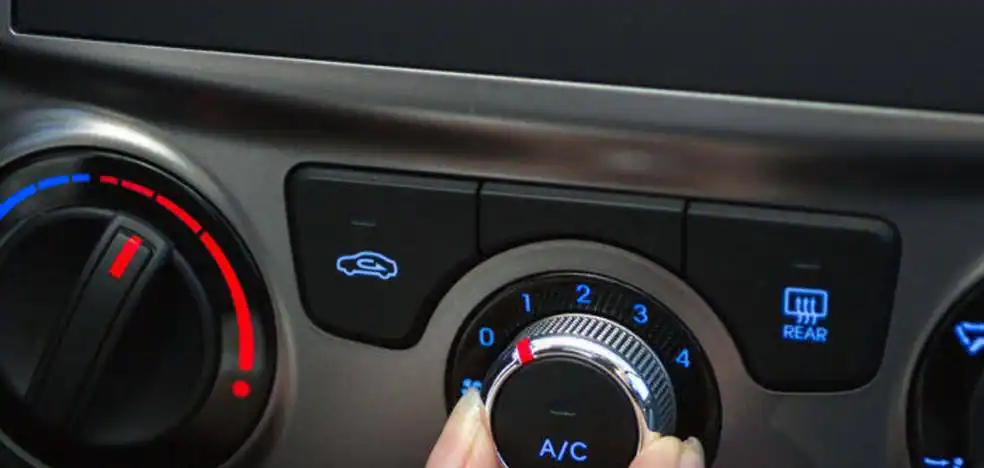The Q3 was the first Audi SUV with a sporty RS version, establishing its own segment. The second generation, also available as a crossover coupé variant, the Audi RS Q3 and RS Q3 Sportback are distinguished by distinctive features such as the contourless grille with a three-dimensional honeycomb structure, the RS bumpers with large air intakes, the rear spoiler, the rear diffuser or the RS exhaust system with two large oval exhausts on both sides. In the case of the RS Q3 Sportback, with its coupé-like sloping roofline and 1,557 mm height, it is 45 mm lower than the RS Q3.
The interior of the Audi RS Q3 and RS Q3 Sportback features a dashboard with horizontal lines in which the climate control, center console and infotainment system screen are directed towards the driver. Special RS settings also provide information on tire pressure, torque, power, lap times and acceleration measurements. The RS leather sports steering wheel, flattened at the bottom, is equipped with paddle shifters and multifunction buttons. The sports seats are made of leather with integrated headrests, have contrasting stitching in black as standard and in a choice of red or blue.
Despite their sporty character, both models offer full functionality for everyday use: the rear seats can be moved longitudinally by up to 140 mm in the RS Q3, 130 mm in the RS Q3 Sportback and the luggage space is 530 liters. 1,525 liters in the RS Q3, 1,400 liters in the RS Q3 Sportback, when the backrests are folded forward.
With numerous victories in the competition and awarded International Engine of the Year nine consecutive times, the 2.5 TFSI engine fitted to the Audi RS Q3 and RS Q3 Sportback, with five cylinders, an output of 400 hp and a maximum torque of 480 Nm . They accelerate from 0 to 100 km/h in just 4.5 seconds and their top speed is limited to 250 km/h. The RS exhaust system underlines the sound of the 5-cylinder engine once again. The transmission is responsible for the seven-speed S tronic gearbox with quattro drive system, which distributes the power between the two axles by means of a multi-disc clutch.
This engine is also the driving force of the Audi RS 3 Sedan and RS 3 Sportback, with maximum torque rising to 500 Nm.
Likewise, both the RS Q3 and RS Q3 Sportback are equipped with the Audi drive select dynamic driving system, which controls the operation of the quattro drive and other components such as the steering, suspension, S tronic gearbox, engine behavior and and exhaust noise. Depending on the chosen equipment variant, there are five or six driving modes to choose from: comfort, auto, dynamic, efficiency and individual; or, alternatively to the individual mode, the RS modes called RS1 and RS2. The driver can set and store the two RS modes separately, which can be accessed immediately with a simple push of the ‘RS MODE’ button on the steering wheel, allowing the driver to switch between them.
Another distinguishing feature of the RS Q3 and RS Q3 Sportback is the standard RS sports suspension, which lowers the ride height by 10 mm compared to the Audi Q3 and Q3 Sportback. Its set-up meets the demands of sporty driving, as does the progressive steering with specific adjustments. It is complemented by the braking system consisting of RS six-piston calipers at the front with 375mm perforated and vented discs and 310mm vented discs at the rear. The brake calipers are painted black as standard and can be optionally red. For enhanced driving dynamics, precise stability and agile handling combined with greater comfort, the RS Q3 and RS Q3 Sportback can be optionally equipped with the RS plus sports suspension with Dynamic Chassis Control.
For more than four decades, the Audi quattro drive has stood for dynamism, stability and maximum performance. And since the first Audi RS 2 Avant, which was presented in 1994, this technology has been one of the hallmarks of Audi Sport’s high-performance models. In all RS versions, the selective wheel torque control system perfects the agile and safe behavior of the quattro drive and facilitates driving through minor interventions in the braking system. Active on all types of surfaces, it slightly brakes the wheels on the inside of the bend – which supports the least load – via the ESC in a sporty way, reducing the torque reaching the outer wheels in the turn.
Source: La Verdad
I am Ida Scott, a journalist and content author with a passion for uncovering the truth. I have been writing professionally for Today Times Live since 2020 and specialize in political news. My career began when I was just 17; I had already developed a knack for research and an eye for detail which made me stand out from my peers.



